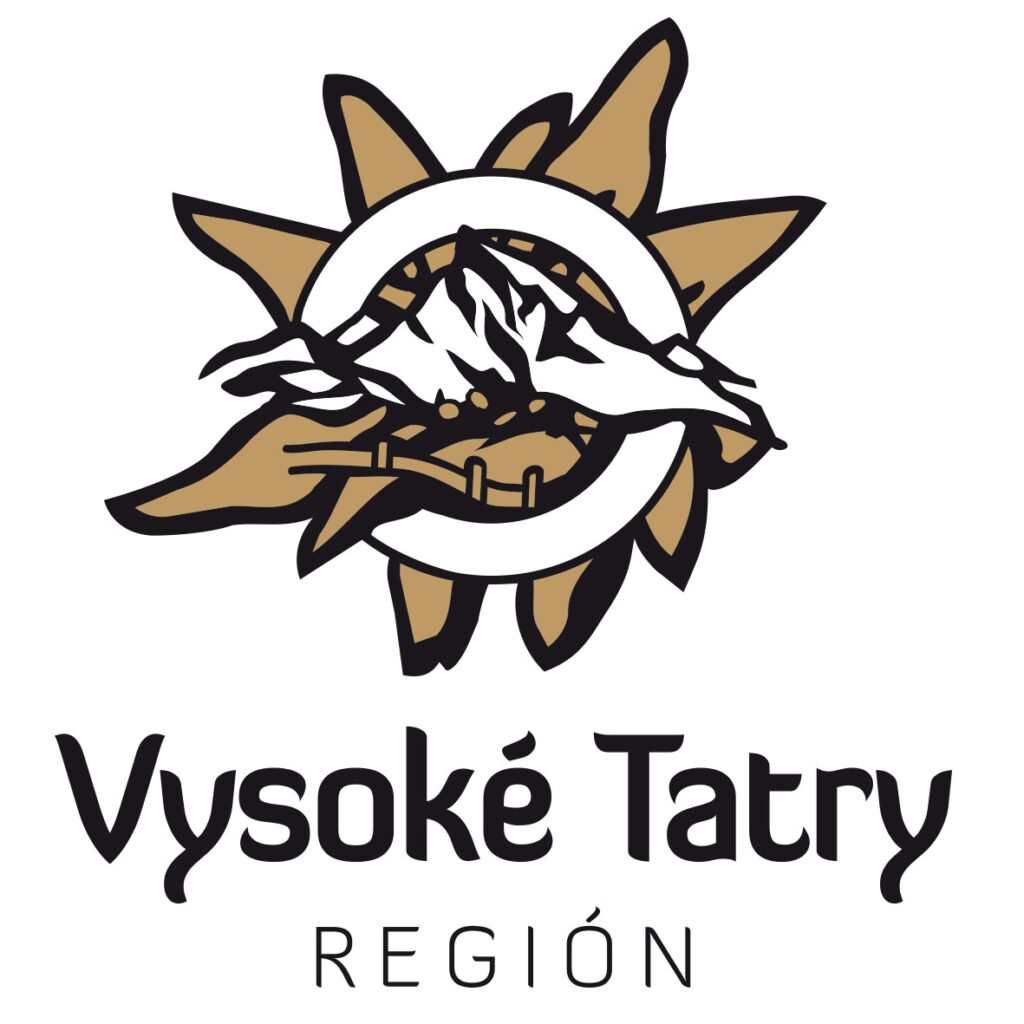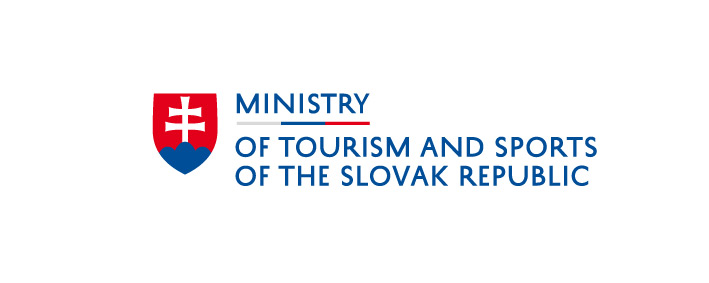The High Tatras have been sought after by athletes from all around the world from the very beginning. After all, sport was developing together with the spa tradition. In winter, sledging, skiing and ice skating were popular, in summer, it was hiking, climbing and jogging. And that hasn’t changed ever since. In the beautiful environment of the Tatras, which the human body responds to almost immediately, training or a sports performance feels best to stay healthy, keep fit and perform. The exceptionally clean air combined with physical activity is the main purpose of climate therapy. Higher altitudes (at least 600 metres above sea level) result in positive changes that improve physical performance by one to three percent already after one week spent there.
Štrbské Pleso, a hypoxic chamber with benefits
The healing effects of the Tatras are mainly the result of a high altitude, sunrays and forests. The amount of haemoglobin increases at higher altitudes and clean air makes changes too. Because the High Tatras are located above the dust and smoke zone. All bacteria and allergens stay in cities, and especially in winter inversion periods. These months are typical for higher sunshine values at higher altitudes and the intensity of the ultraviolet radiation is multiplied too.
Athletes feel that their physical performance has improved already after one week spent in the Tatras. Staying and training in Štrbské Pleso can be interesting as well. The atmospheric pressure in this most visited locality of the region is the same as in the Alps at the altitude of 3,000 metres and that’s why even top world-class athletes come to train there. The hypoxic environment in the Tatras (less oxygen) has been used in the field of sports for long and mainly by endurance athletes. The altitude influences metabolism and in addition to increasing the haemoglobin levels inside the body, it boosts the production of red blood cells, the capillary density and the myoglobin (protein) content in muscles. To improve the effect even more and to perform better, the best is to stay in the Tatras repeatedly or to alternate activities at lower and higher altitudes at the same time. In the High Tatras, the effect is the same as in hypoxic chambers but in a more beautiful environment with views of the Carpathians and relaxation in wellness centres afetrwards.
Athletes simply belong to the Tatras
Matej Tóth, a Slovak race walker and Olympic champion of 2016, knows the Tatras very well. He even trained there with promising athlete Daniel Kováč and was preparing himself for a training camp in the Alps. The region of the High Tatras has also been favoured by well-known Nasťa Kuzminová, a gold Olympic medallist. Besides training, she seeks relaxation and hiking there. For elite athletes, there are many challenging trails that build patience and endurance simultaneously. In summer, rowing on the surface of Štrbské pleso (tarn) can replace rowing in fitness centres, with the bonus of beautiful views.
However, the High Tatras have also produced many local and successful athletes who are deeply devoted to their homeland. Adam Žampa from Starý Smokovec always dreamed of big ski races. His dream came true, and Adam became the first Slovak male in the finals of the Alpine Ski World Cup. His parents encouraged the Olympian and Slovak representative to do sports from an early age. He still enjoys riding his bicycle to Sliezsky dom in the High Tatras or the Plesnivec chalet in the Belianske Tatra Mts. The favourable conditions in the Tatras have also shaped triathlete Alena Sinay (Stevens), who dedicates herself to the most demanding discipline, Ironman. Swimming (3.8 km), cycling (180 km) and a marathon (42.2 km) have been the main focus of the professional Slovak sportswoman for her entire life. Her father, a Czechoslovak representative in alpine skiing, encouraged the native of Tatranská Lomnica to sports. They skied together, played tennis, went to the mountains, swam or ran on Tatra trails. She continues to train mainly in the High Tatras and enjoys running around Štrbské pleso (tarn) or towards Jamské pleso (tarn). In winter, she does cross-country skiing and makes ski mountaineering tours in snow-covered mountains. And there is one more. Patricia Puklová fell in love with cross-country skiing but in a more professional manner. The multiple cross-country skiing queen of the Tatras considers the high altitude as the greatest benefit stimulating better performance. She also appreciates various routes and the possibilities of running on different surfaces such as rock, grass, asphalt etc. as an additional advantage.
Many athletes from below the Tatras have been aware of the benefits of the high-mountain environment outside their windows. In addition to the mentioned disciplines, climbing, luging, ice hockey and several successful Tatran Paralympians are also prevalent. These athletes swear by mountain clean air.
The country of the Tatras has always been favourable to sports
The Nordic Skiing World Championships held in Štrbské Pleso in 1970 were undoubtedly the most significant and well-known sports event that took place in the High Tatras. During the preparations, numerous hotels, car parks and residential blocks were built and they have served their purpose to this day. The electric and rack railways were renewed, so was the funicular running to Hrebienok and the entire sports complex with ski jumps, grandstands for spectators, cross-country skiing tracks and a referee tower. Various significant sports events have been held there until today, such as RedBull 400 – the toughest 400-metre run in Slovakia, Štrbské Bežky (Cross-country skis of Štrba) – a public cross-country skiing race, Krčmár skap (Snuff it, innkeeper) – an amateur race including symbolic burying of ski to say goodbye to winter, and Tatry Running Tour – stage running races.
Sports flourished also in other locations in the Tatras. International Volleyball Tournaments of the Slovak National Uprising Cup, which were broadcast live on Slovak television, used to be held in Vyšné Hágy. Tatranská Polianka was the only ski resort in Hungary in the past and Tatranská Lomnica offered the longest luge track in Europe. Today, these events are mere history, but sports activities persist. One can support football tournaments in Tatranská Lomnica or ice hockey matches in Poprad as a spectator but also use the most modern swimming pool or a cryotherapy centre (AquaCity), covered tennis courts (Tatranská Lomnica), ice rinks, ski pistes and kilometres of cross-country skiing trails actively. Adrenaline sports such as kiting or snow sledging are available too.







